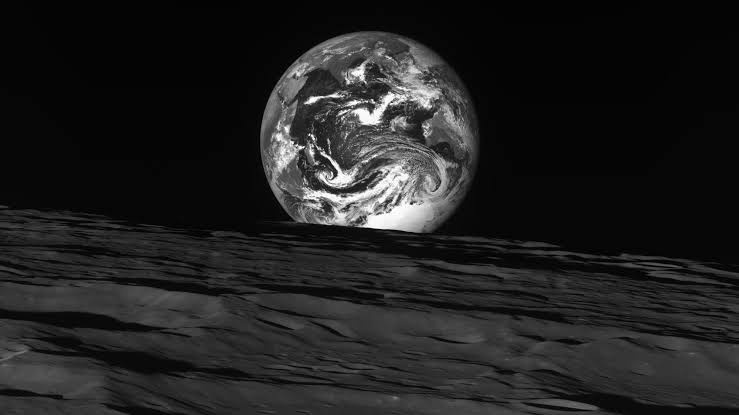A newly discovered comet may be visible to the naked eye as it passes Earth and the Sun in the coming weeks for the first time in 50,000 years, according to astronomers. The comet is known as C/2022 E3 (ZTF) after the Zwicky Transient Facility, which discovered it in March of last year as it passed Jupiter.
After travelling from the icy reaches of our Solar System it will come closest to the Sun on January 12 and pass nearest to Earth on February 1. It will be easy to spot with a good pair of binoculars and likely even with the naked eye, provided the sky is not too illuminated by city lights or the Moon.
According to Thomas Prince, a physics professor at the California Institute of Technology who works at the Zwicky Transient Facility, the comet will be brightest when it is closest to Earth. The comet, which is made of ice and dust and emits a greenish aura, is estimated to have a diameter of around a kilometre, according to Nicolas Biver, an astrophysicist at the Paris Observatory.

That makes it much smaller than NEOWISE, the last comet visible with the naked eye, which passed Earth in March 2020, and Hale-Bopp, which passed by in 1997 with a potentially life-threatening diameter of around 60 kilometres.
But the newest visit will come closer to Earth, which ‘may make up for the fact that it is not very big’, Biver said. While the comet will be brightest as it passes Earth in early February, a fuller moon could make spotting it difficult.
For the Northern Hemisphere, Biver suggested the last week of January, when the comet passes between the Ursa Minor and Ursa Major constellations. The new moon during the weekend of January 21-22 offers a good chance for stargazers, he said.











More Stories
Pak PM: India Fired Brahmos Before Our Retaliation
देहरादून: सूर्यधार रोड पर भिड़ीं गाड़ियां, शख्स को कुचलने की कोशिश; 9 गिरफ्तार
शाहरुख खान संग ये खास शख्स भी नहीं था मौजूद, फिर भी ग्रैंड रहा अबराम का 12वां बर्थडे, सामने आया पार्टी का इनसाइड वीडियो